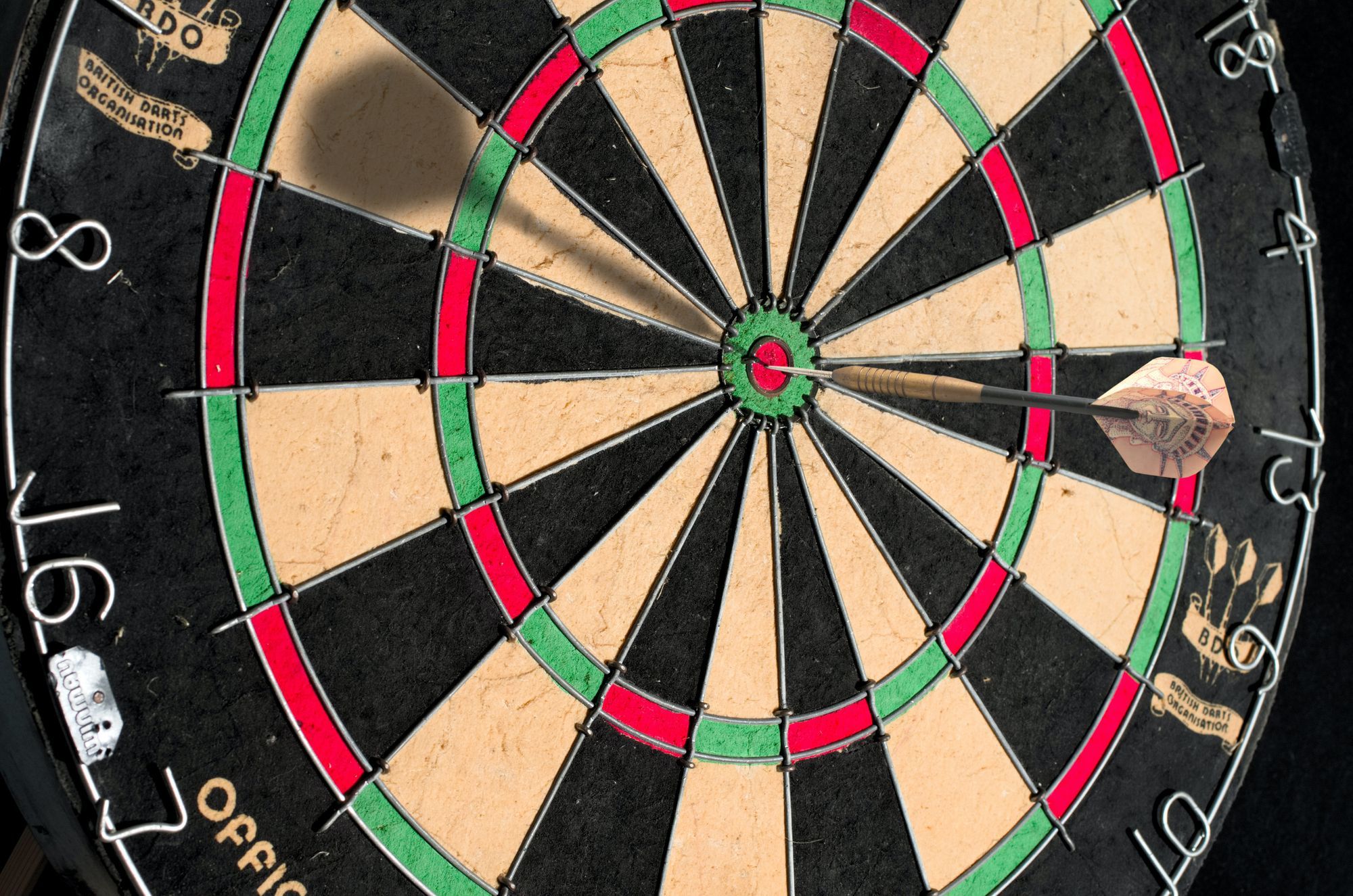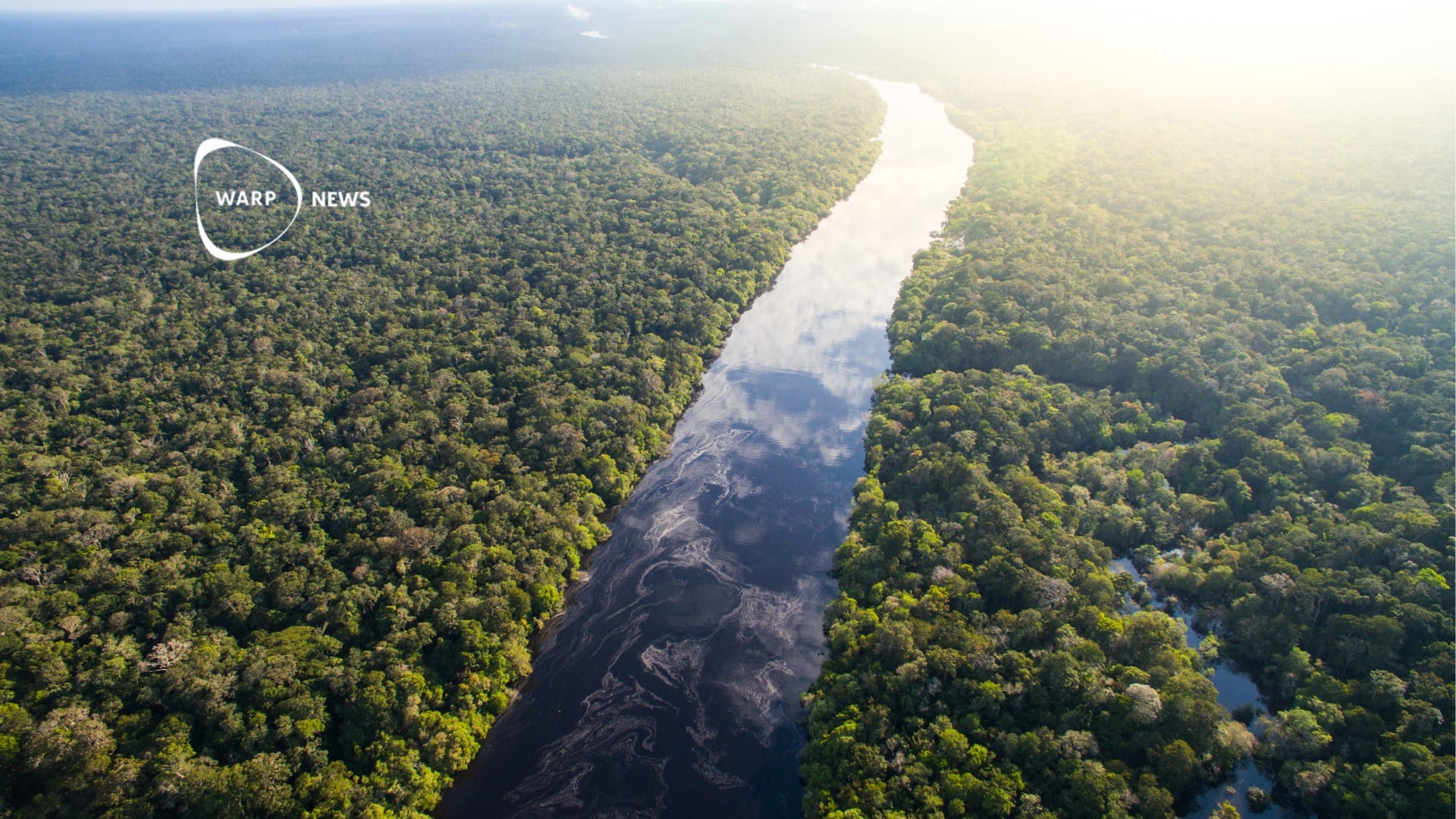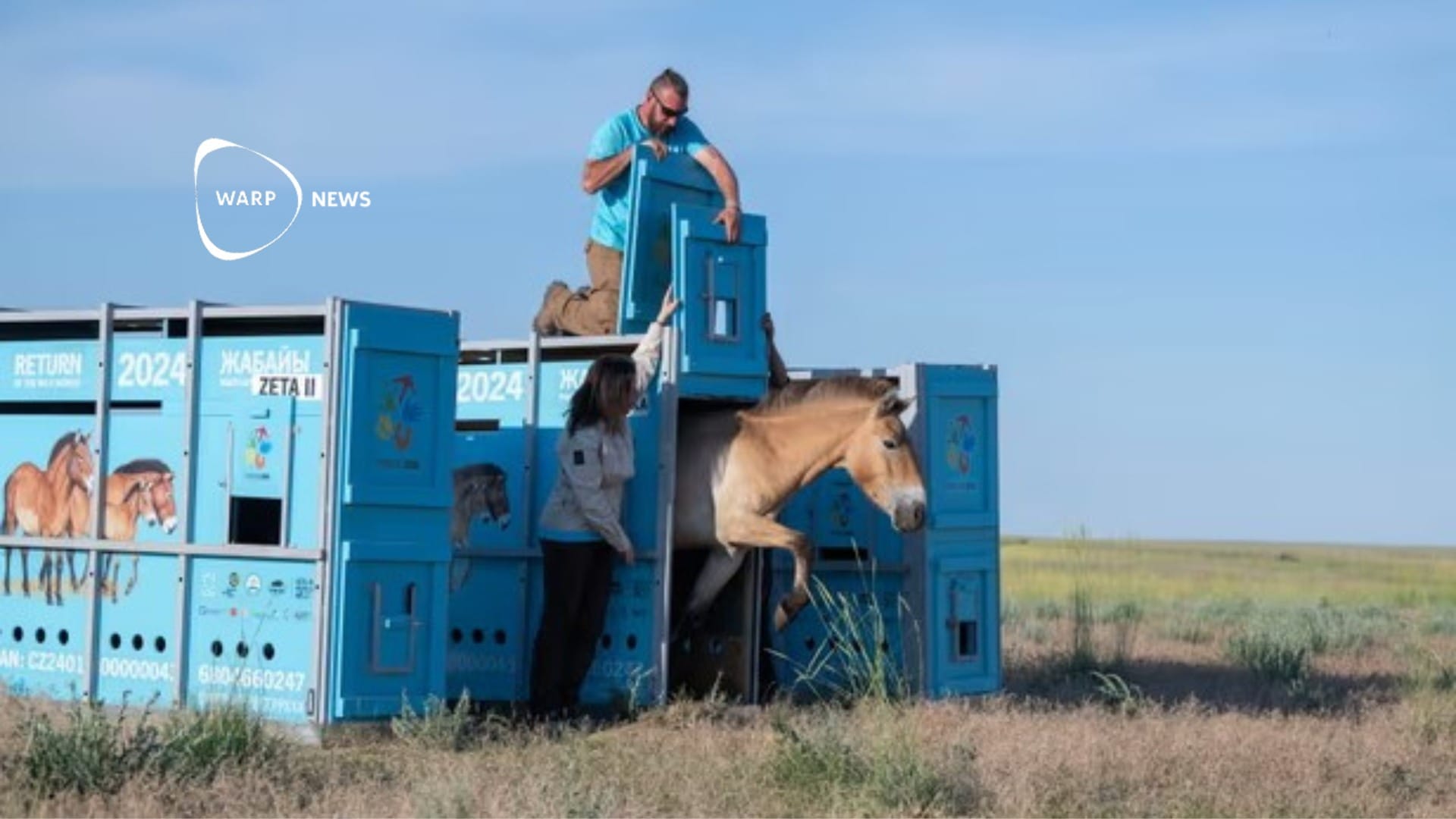
♻ Circularity is near
Sweden has hammered out a new strategy for the circular economy. It is a welcome and long-awaited holistic view of sustainable resource management throughout the body of society.
Share this story!
Resource management in the world is not sustainable, but usually contributes to CO2 emissions, toxins and great economic waste. An important part of the problem is that waste is not considered a resource. However, this is changing now, and the circular way of looking at a product's life cycle involves action already at the design stage.
A business model that has the entire chain in mind can thus look different. By collaborating with other actors, my waste can become your fuel, and vice versa.
Recently, I wrote about the growing interest in the "doughnut economy" here. And now things are really happening.
Of course, thinking circularly is closely linked to Sweden's stated climate and environmental goals, as well as to the 17 sustainability goals within Agenda 2030. At the same time, the corona pandemic has inevitably accelerated this type of thinking. Suddenly, everyone agrees that society needs a green restart.
The government plan has four focus areas:
- Circular economy through sustainable production and product design
- Circular economy through sustainable ways of consuming and using materials, products and services
- Circular economy through non-toxic and circular cycles
- Circular economy as a driving force for business and other actors through measures that promote innovation and circular business models.
If you know Swedish, you could read the government's press release here or download a PDF explaining the strategy. (If you don't know Swedish, most browsers have an acceptable translation tool.)
Of course, one can argue that it is easy to talk, harder to act. But action plans with concrete proposals for measures will emerge from this first phase. The strategy highlights the roles of politics, business, the public sector, individuals and civil society.
In summary, the initiatives are based on a solid holistic view, where final consumption, product design, production processes, transport and logistics, food, fuel, public procurement, biomaterials and innovation-promoting measures all become important pieces of the puzzle that take place in a larger ecosystem.
It is, to say the least, a welcome way of looking at the world, a systemic approach that is rarely seen in political strategies.
Again, if you understand Swedish:
P.S. 1: Feel free to listen to my podcast talk with Klas Cullbrand, group manager for circular economy at Chalmers Industriteknik.
By becoming a premium supporter, you help in the creation and sharing of fact-based optimistic news all over the world.


